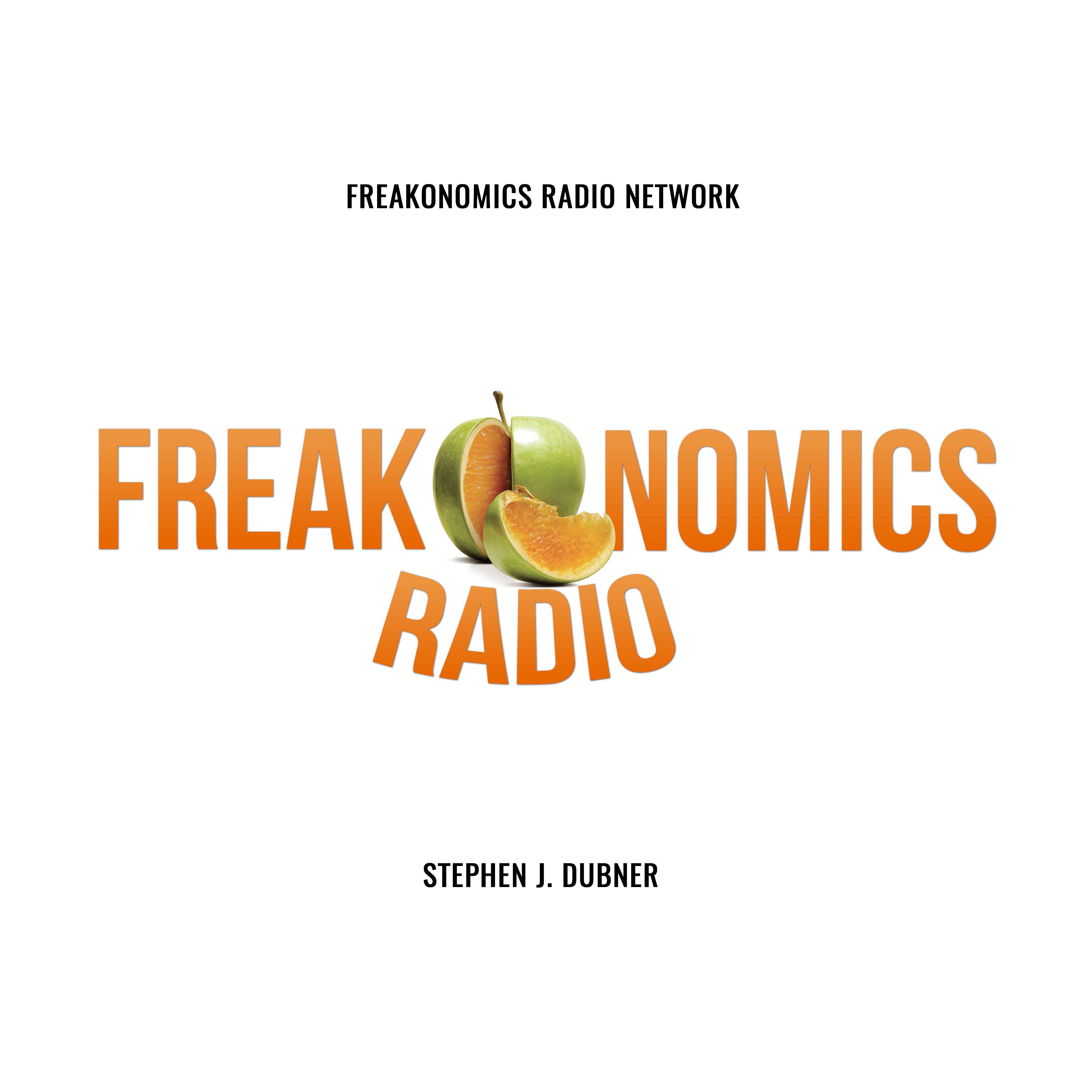
Highway Signs and Prison Labor

Freakonomics Radio
Deep Dive
Why are highway signs in the U.S. standardized, and what is the Manual on Uniform Traffic Control Devices (MUTCD)?
Highway signs in the U.S. are standardized to ensure consistency and safety across the growing road network. The Manual on Uniform Traffic Control Devices (MUTCD), established in the 1930s, provides guidelines for over 500 signs, markings, and signals. It ensures uniformity in design, color, and placement, making it easier for drivers to interpret signs regardless of location. The MUTCD is managed by the Federal Highway Administration and is nearly 1,200 pages long, covering everything from the octagonal shape of stop signs to the size of exit signs.
What role does prison labor play in the production of highway signs in North Carolina?
Prison labor is central to the production of highway signs in North Carolina. The state's primary sign manufacturing plant is located inside Franklin Correctional Center, a medium-security prison. Incarcerated individuals, like Christopher Barnes, work in the plant, producing signs for the North Carolina Department of Transportation. This setup allows the state to produce signs quickly and at a low cost, as prisoners are paid significantly less than market wages, often between 13 and 52 cents per hour.
How much do incarcerated workers earn in prison labor programs, and what are the implications?
Incarcerated workers in prison labor programs earn between 13 cents and 52 cents per hour, depending on the job and state. In some states like Kansas, wages are as low as 5 cents per hour, while in Alabama and Mississippi, some jobs pay nothing. This low-cost labor allows states to save money, but it raises ethical concerns, as prisoners are not protected by employment laws, lack workplace safety regulations, and often face disciplinary action if they refuse to work. The system is justified as a way to offset prison costs and provide job skills, but critics argue it exploits incarcerated individuals.
What are the economic benefits of prison labor for state governments and private companies?
Prison labor provides significant economic benefits for state governments and private companies. States save on labor costs, as incarcerated workers are paid far below minimum wage, with labor accounting for only 2.5% of production costs in some cases. Private companies also benefit by leasing prison labor at reduced rates, earning tax credits, and accessing cheap labor for tasks like manufacturing, call centers, and agriculture. For example, food produced by prisoners ends up in products like Frosted Flakes and Ballpark hot dogs. This system helps governments offset the high costs of incarceration, which averages $64,000 per prisoner annually.
What are the challenges faced by incarcerated workers after their release, despite gaining job skills in prison?
Despite gaining job skills in prison, incarcerated workers face significant challenges after release. Many companies are reluctant to hire individuals with felony convictions, and over 60% of formerly incarcerated people are unemployed a year after release. While some, like Brian Scott, find jobs in industries they worked in during incarceration, others struggle due to stigma and lack of support. Additionally, the low wages earned in prison labor programs do little to prepare individuals for financial stability post-release, making reintegration into society difficult.
What is the historical context of prison labor in the United States?
Prison labor in the United States dates back to the colonial era, when Britain shipped convicts to work on farms alongside enslaved people. After the Civil War, the 13th Amendment banned slavery but allowed forced labor as punishment for crimes, leading to the exploitation of emancipated slaves through chain gangs and penal farms. In the 19th century, industrial prisons emerged, renting out prisoners to for-profit companies. By the 1980s and 1990s, mass incarceration expanded prison labor, which now generates over $11 billion annually in goods and services, often at the expense of incarcerated workers' rights.
- Bunn, North Carolina, houses the state's primary highway sign manufacturer.
- The manufacturing process involves precise measurements and specialized equipment.
- Prison labor plays a significant role in keeping costs low for the state.
Shownotes Transcript
Incarcerated people grow crops, fight wildfires, and manufacture everything from prescription glasses to highway signs — often for pennies an hour. Zachary Crockett takes the next exit, in this special episode of The Economics of Everyday Things.
SOURCES:
Laura Appleman), professor of law at Willamette University.
Christopher Barnes, inmate at the Franklin Correctional Center.
Lee Blackman), general manager at Correction Enterprises.
Gene Hawkins), senior principal engineer at Kittelson and professor emeritus of civil engineering at Texas A&M University.
Renee Roach, state signing and delineation engineer for the North Carolina Department of Transportation.
Brian Scott, ex-inmate, former worker at the Correction Enterprises printing plant.
Louis Southall), warden of Franklin Correctional Center.
RESOURCES:
“Manual on Uniform Traffic Control Devices for Streets and Highways, 11th Edition),” by the U.S. Department of Transportation Federal Highway Administration (2023).
“Prisoners in the U.S. Are Part of a Hidden Workforce Linked to Hundreds of Popular Food Brands),” by Robin McDowell and Margie Mason (*AP News, *2024).
“Ex-Prisoners Face Headwinds as Job Seekers, Even as Openings Abound),” by Talmon Joseph Smith (*The New York Times, *2023).
“Bloody Lucre: Carceral Labor and Prison Profit),” by Laura Appleman (*Wisconsin Law Review, *2022).
“The Road to Clarity),” by Joshua Yaffa (*The New York Times Magazine, *2007).
EXTRAS:
“Do People Pay Attention to Signs?)” by *No Stupid Questions *(2022).